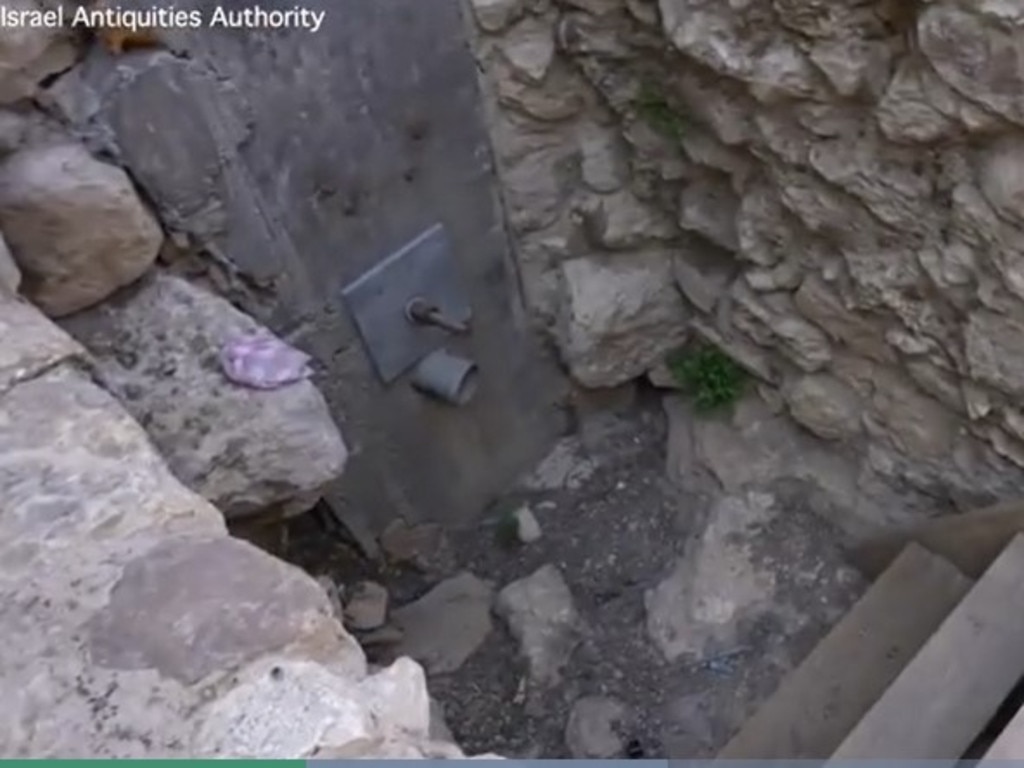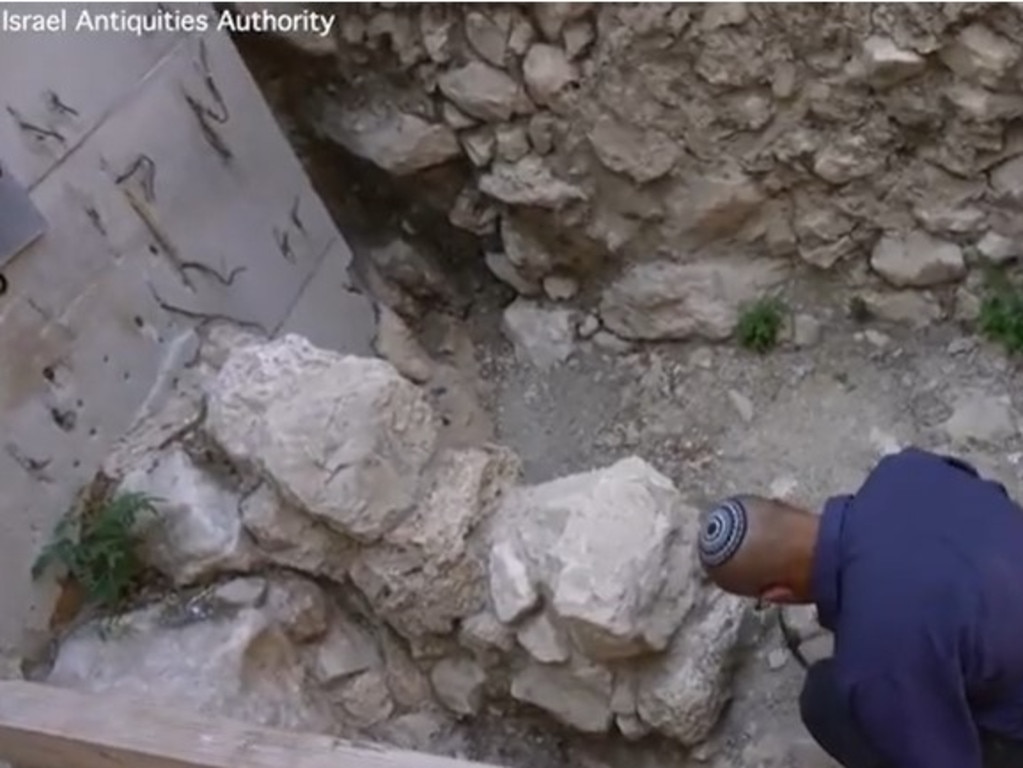Experts say ancient ruin is proof bible story is real
A breakthrough archeological discovery in ancient Jerusalem is proof that a bible story is real, according to experts.

A breakthrough archeological discovery in ancient Jerusalem is proof that a bible story is real, according to experts.
A stretch of wall in the original heart of the city was revealed to had been built by King Uzziah, as hinted at in the Bible, The Sun reports.
Contrary to popular belief, Hezekiah, who ruled Judah during the 7th and 8th century BC, did not fortify the city to protect it against the invaders.
For years, experts believed that Hezekiah erected the walls after witnessing his neighbours, the Kingdom of Israel, get destroyed by the Assyrian Empire.
But now a decade-long study has found that it was actually his great-grandfather, King Uzziah, who built the walls after a huge earthquake.
Joe Uziel of the Israel Antiquities Authority (IAA) said: “For decades, it was assumed that this wall was built by Hezekiah, King of Judah.
“But it is now becoming clear that it dates back to the days of King Uzziah, as hinted at in the Bible.
“Until now, many researchers assumed that the wall was built by Hezekiah during his rebellion against Sennacherib, King of Assyria, in order to defend Jerusalem during the Assyrian siege.

“It is now apparent that the wall in its eastern part, in the area of the City of David, was built earlier, shortly after the great earthquake of Jerusalem, and as part of the construction of the city.”
The findings echo the tails from the Old Testament which hinted that Uzziah constructed the wall.
In the second Book of Chronicles, a passage described the event: “Uzziah built towers in Jerusalem at the Corner Gate, at the Valley Gate and at the angle of the wall, and he fortified them.”
The religious scripture also detailed the earthquake that rocked the capital 2,800 years ago - which was proven to be a true event after archaeologists unearthed “a layer of destruction” in 2021.
The book of Amos reads: “And the Valley in the Hills shall be stopped up, for the Valley of the Hills shall reach only to Azal; it shall be stopped up as it was stopped up as a result of the earthquake in the days of King Uzziah of Judah.”
The study, a joint project between the IAA, Tel Aviv University, and the Weizmann Institute of Science, used carbon-14 dating to determine the origin of the ancient wall.
According to the IAA, this period in history was previously considered a “black hole” due to fluctuating levels of the isotope in the atmosphere at the time.
However, scientists were able to trace these fluctuations year by year using ancient tree rings from Europe.
Elisabetta Boaretto of the Weizmann Insitute said: “The resolution of c-14 was very bad – 200-300 years; it was impossible to distinguish anything else.
“With the work we’ve done in the City of David, we succeeded to reach a resolution less than 10 years, which is really something very very new and dramatic.”
The biological artefacts discovered at four distinct excavation sites in the ancient centre of Jerusalem, sometimes known as the City of David, provided the scientists with their sample material.
The researchers have used date pits, grape seeds and even bat skeletons to identify the samples’ actual age through carbon dating.

In order to separate the carbon-14 from other organic material, each was cleansed, turned into graphite, and then placed into a particle accelerator that operated at 3,000 km/s.
The results have also debunked common beliefs that the city expanded westward during the reign of King Hezekiah - just over 2,700 years ago.
The new research claims that Jerusalem’s expansion happened five generations earlier than previously thought.
Yuval Gadot of Tel Avid University said: “The conventional assumption to date has been that the city expanded due to the arrival of refugees from the Kingdom of Israel in the north, following the Assyrian exile.
“However, the new findings strengthen the view that Jerusalem grew in size and spread towards Mount Zion already in the ninth century BC.
“This was during the reign of King Jehoash – a hundred years before the Assyrian exile.
“In light of this, the new research teaches that the expansion of Jerusalem is a result of internal-Judean demographic growth and the establishment of political and economic systems.”
In addition, the city might have been much bigger than experts formerly estimated.
Dr Uziel said: “During the 10th century BC, the days of David and Solomon, this research has shown that the city is occupied in different areas, and seems to have been larger than we thought previously.
“We can pinpoint specific buildings and relate them to specific kings mentioned in the Biblical text.”
The Kingdom of Judah would last until 587 BC, when the Babylonians besieged and destroyed its capital Jerusalem, along with Solomon’s Temple – often called the First Temple.
This story was originally published by The Sun and has been reproduced with permission.



